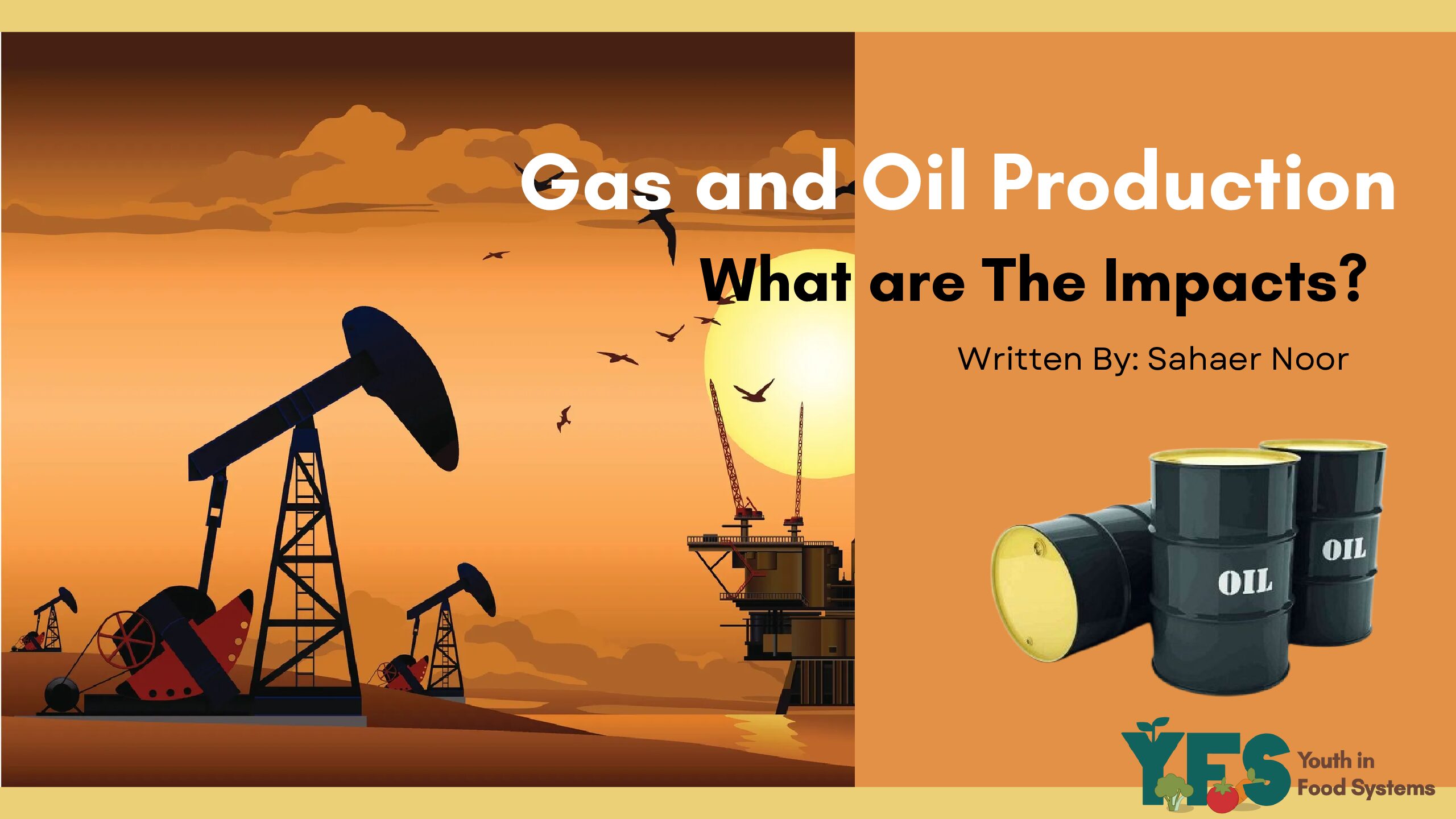Written by: Sahaer
Edited by: Ravjyot Ughra
Designed by: Tahreem
Published by: Maryam Khan
The production of gas and leaks in oil pipelines causes severe environmental damage (immediate and long-lasting effects) and increases in carbon emissions to the worsening of climate change. But they also pose a safety risk to residents and people.
Pipelines carry oil and gas and products related, through drilling, processing and distribution areas under high pressure. Many pipelines are built underground and under or across rivers. Pipelines are made out of steel and plastic material which is a contributing factor to pollution and climate change. Not just that many pipelines were built in the 1950s-1970s so they are nearing their 50-year design life.
Oil and gas pipelines are prone to explosions and fires. From 1986-2013, there were 8,000 significant oil and gas pipeline explosions, leaks and fires, resulting in more than 500 deaths, 2,300 injuries and more than $7 billion in damage. Pipelines which run across or underneath rivers are more likely to leak or spill if floods or heavy rain occurs which can have destructive impacts on the underwater ecosystems, especially fishes and weeds and surrounding habitats.
The oil and gas industries were, directly and indirectly, responsible for 40% of global greenhouse emissions alone in 2017, This means that oil and gas are major factors which are increasing climate change, which will therefore increase the impact on the environment and habitats. Greenhouse gas emissions are released, during the extracting process of oil and gas and when combusted to generate heat and electricity or power transport.
The XL pipeline runs from Alberta, Canada to Texas. This specific pipeline can pose serious risks to the environment and citizens. The XL pipeline website stated that the XL pipeline will be the safest and most advanced pipeline operation in North America, bring new and unique infrastructure, create jobs and employment, and an economic boost to North America. However, the citizens living nearby have stated that they have been having health issues. Many toxins are also released into the air during oil and gas transportation in the pipelines.
We all know oil is a vital part of our society. It is the biggest product used for energy sources by mankind and goods for several consumers. But, on the other hand, the oil and gas industries hold major hazards which affect the environment at all levels: air, water, soil and all living beings and organisms on this planet. However, one of the most dangerous activities of the oil and gas industries is pollution, which is associated with all processes of oil and gas production and refining. Water Wastes, gas emissions, solid waste and aerosols are generated during the drilling, production and refining process, and transportation of over 800 various types of chemicals.
Other environmental impacts of oil and gas industries include intensification of the greenhouse effect, acid, poorer water quality, groundwater contamination and much more.
Oil and gas industries must work in a sustainable way which does not impact the environment so much. After oil and gas are transported, it has to go through refining processes so the products can hold commercial value. Oil and gas industries are major polluters, consuming large amounts of energy and water, producing large quantities of wastewater, releasing hazardous gas into the atmosphere, and generating solid wastes which are hard to get rid of or dispose of.
Despite the oil and gas industries’ threat to the environment, they create many jobs and employment and generate large volumes of revenue and taxes for the national government.
Therefore, oil companies can benefit even more and make more profit if they adapt to regular practices and new strategies to keep the environment safe.
Sources
Environmental impacts of the oil industry – EOLSS. (n.d.). Retrieved December 4, 2022, from https://www.eolss.net/sample-chapters/c08/e6-185-18.pdf
FAQ 3: Oil and gas, poverty, the environment and human rights. ODI. (n.d.). Retrieved December 3, 2022, from https://odi.org/en/about/our-work/climate-and-sustainability/faq-3-oil-and-gas-poverty-the-environment-and-human-rights/
Home. Climate, Energy, and Society – College of Liberal Arts – Auburn University. (n.d.). Retrieved December 3, 2022, from https://cla.auburn.edu/ces/energy/oil-pipelines-and-spills/
Pipelines. Earthworks. (2022, July 5). Retrieved December 3, 2022, from https://earthworks.org/issues/pipelines/

